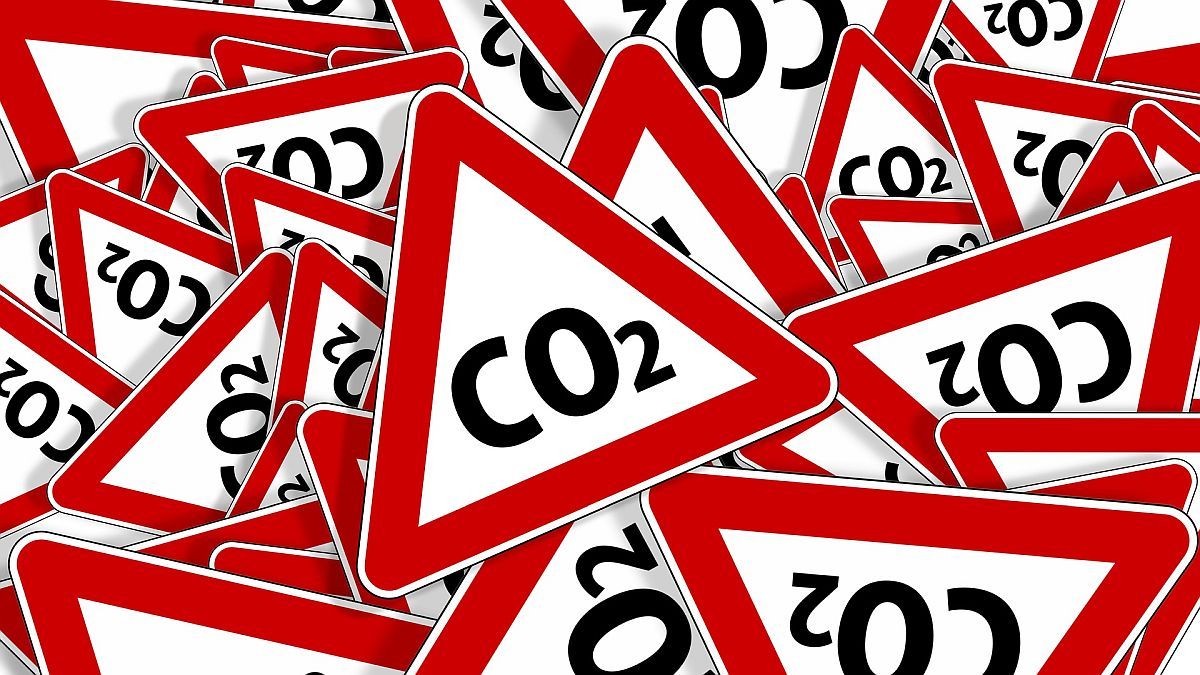According to the latest UN records, 2024 was the hottest year ever recorded, with temperatures exceeding 50 degrees Celsius and intense heat waves, floods, rains, fires or other weather phenomena in all parts of the world. In such a context and on a planet that must be aware of the environmental impact, concepts such as the Carbon Footprint, the Greenhouse Gas Inventory (GHG) and the Carbon Credits gain prominence.
While they are interconnected, each serves a specific purpose in the fight against climate change. The Argentine Carbon Table explains each of them, with their own characteristics, to learn how they can contribute to mitigating the effects of climate change, both in our country and globally.
In this context, experts assure that the first thing is to try to avoid, then we must seek to minimize or mitigate and, if possible, compensate for emissions, with the key axis of designing the action plan. And from there, see which is the most appropriate path in each case.
“The final objective is to reduce, try to emit as little as possible and be aware and coherent of one’s own carbon footprint, in its different generation of volumes, clearly,” explained Juan Pedro Canocoordinator of the Argentine Carbon Roundtable.
“Argentina has great potential to not only meet its international commitments through traceable mechanisms, but to be a provider of emissions reductions for the entire world”added the manager.
Carbon footprint: measuring individual and collective climate impact
The Carbon Footprint It is a key tool to quantify greenhouse gas (GHG) emissions generated by human activities, products or services.
Its main objective is to identify the sources of emissions to make informed decisions that reduce the climate impact. From direct to indirect emissions, this indicator allows us to evaluate the full scope of human activities on the planet.
GHG inventory: a detailed vision for emissions control
He Greenhouse Gas (GHG) Inventory is a detailed record of the GHG emissions and, in some cases, removals of an organization, region or country during a specific period. Based on international standards such as the Greenhouse Gas Protocol (GHG Protocol), it identifies and classifies emissions into scopes 1, 2 and 3. This system is essential to establish baselines, implement reduction strategies and measure progress in sustainability.
Carbon credits: a global compensation tool
For their part, the Carbon Credits They are an innovative way to offset residual emissions. They represent verified reductions of one ton of CO2 equivalent, generated by mitigation projects in various parts of the world.
These initiatives, certified by independent entities, allow organizations to move towards carbon neutrality, complementing their direct reduction efforts.
What is done in Argentina?
According to Juan Pedro Cano“due to the great international demand for carbon credits and the great diversity of ecosystems and natural resources in Argentina, the country has a great opportunity to generate quality carbon credits.”
The entity he heads has collaborated in the preparation of a draft bill to provide legal certainty and international transparency to carbon credits in Argentina, which is currently in the National Congress. “We are working with the national government so that the country participates in international emissions reduction transfer agreements within the framework of article 6 of the Paris Agreement. We are also actively participating in various subnational initiatives to promote carbon markets in the different regions of the country,” he noted.
TOWARDS A MORE SUSTAINABLE FUTURE
Although these three concepts work together, their usefulness varies:
- The Carbon Footprint helps understand climate impact.
- He GHG Inventory provides systematic data to plan reduction strategies.
- The Carbon Credits They offer compensation solutions while deeper actions are implemented.
Companies and organizations that adopt these tools will not only contribute to caring for the environment, but will also strengthen their commitment to sustainability, generating a positive impact on society and the global economy.
Table summarizing the differences
image.png
Measurement methodologies:
CARBON FOOTPRINT:
→ Greenhouse Gas Protocol (GHG Protocol): It is the most widely used standard worldwide, providing detailed guidelines for calculating GHG emissions in different sectors.
→ ISO 14064-1:2018: This international standard establishes requirements for the quantification and communication of GHG emissions at the organizational level.
→ PAS 2050: This British standard focuses on the assessment of the life cycle of products, including the carbon footprint.
→ Bilan Carbone: Developed in France, it is a methodology that is based on the GHG Protocol and ISO 14064-1.
GHG INVENTORY
→ Greenhouse Gas Protocol (GHG Protocol): As for the carbon footprint, the GHG Protocol is the main reference, defining scopes 1, 2 and 3 and the emissions categories.
→ ISO 14064-1:2018: This standard is applicable to both GHG inventories and the carbon footprint.
→ IPCC Guidelines 2006: The Intergovernmental Panel on Climate Change Guidelines provide methodological guidelines for the development of national GHG inventories.
CARBON CREDITS
Project standards: There are numerous project standards developed by organizations such as Verra, Gold Standard and the Joint Action Plan (CDM), which set out the requirements for the generation of carbon credits. These standards vary depending on the type of project and the methodology used.
Verification framework: Emission reduction projects must be verified by accredited third parties, following the requirements of project standards and ISO 14065 regulations.
Common Characteristics of the Methodologies:
↔ Scientific basis: The methodologies are based on scientific principles and current knowledge about greenhouse gases and climate change.
↔ Transparency: The calculations must be transparent and replicable, allowing third parties to verify the results.
↔ Consistency: The methodologies seek to guarantee consistency in the measurement and comparison of results between different organizations and sectors.
↔ Update: Methodologies are periodically updated to reflect scientific and technological advances.
Source: Ambito




